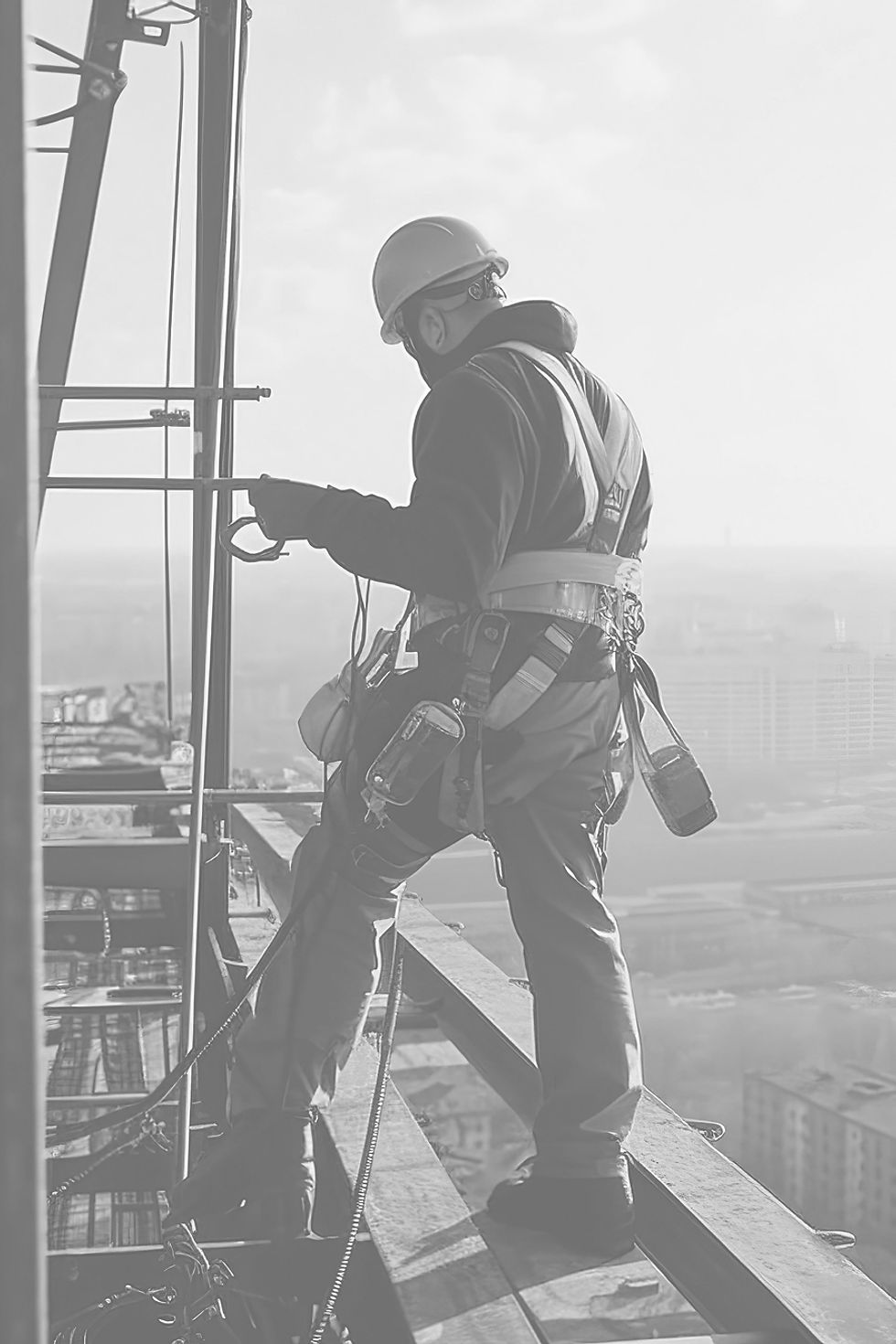The Evolution of Construction Techniques
- Evans Kapital
- Feb 10, 2024
- 2 min read
Title: The Evolution of Construction Techniques: From Ancient Tools to Modern Innovations Introduction: The construction industry has come a long way in terms of techniques and technologies used. From ancient times when manual labor and basic tools were the norm, to the present day where advanced machinery and cutting-edge technology have revolutionized the way we build. In this blog post, we will take a closer look at the evolution of construction techniques, highlighting the progress and advancements that have shaped the industry. 1. Ancient Tools and Techniques: In the early days of construction, manual labor and basic tools were the primary means of building structures. Ancient civilizations used techniques such as mud-brick construction, stone carving, and wooden scaffolding. These methods required immense physical effort and were time-consuming. However, they laid the foundation for future advancements in construction. 2. Industrial Revolution and Machinery: The Industrial Revolution brought about significant changes in the construction industry. With the invention of steam-powered machinery, construction processes became faster and more efficient. The introduction of cranes, steam-powered excavators, and concrete mixers revolutionized the way buildings were constructed. This era marked a shift from manual labor to mechanized construction techniques. 3. Modern Construction Techniques: In the present day, construction techniques have reached new heights with the advent of advanced technology. Construction companies now utilize state-of-the-art machinery and equipment to streamline processes and improve efficiency. For example, computer-aided design (CAD) software allows architects and engineers to create detailed 3D models, enabling better visualization and planning. Additionally, the use of drones for surveying and monitoring construction sites has become increasingly common, providing accurate data and enhancing safety. 4. Sustainable Construction: As environmental concerns grow, the construction industry has also evolved to incorporate sustainable practices. Green building techniques, such as using eco-friendly materials, energy-efficient systems, and renewable energy sources, have gained popularity. Construction companies are now focusing on reducing waste, conserving resources, and creating environmentally-friendly structures. This shift towards sustainability reflects the industry's commitment to a greener future. 5. Future Trends: Looking ahead, the construction industry is poised for further advancements. Emerging technologies like 3D printing, robotics, and artificial intelligence are expected to play a significant role in construction processes. 3D printing, for instance, has the potential to revolutionize the way buildings are constructed, making it faster, cost-effective, and customizable. Robotics and AI can automate repetitive tasks, improve safety, and enhance productivity on construction sites. Conclusion: The evolution of construction techniques has been a remarkable journey, from ancient tools and manual labor to modern machinery and advanced technology. The industry's commitment to innovation and sustainability has paved the way for safer, more efficient, and environmentally-friendly construction practices. As we move forward, it is exciting to anticipate the future advancements that will shape the construction industry and continue to deliver exceptional projects like those offered by Naxmost.co.za.





コメント